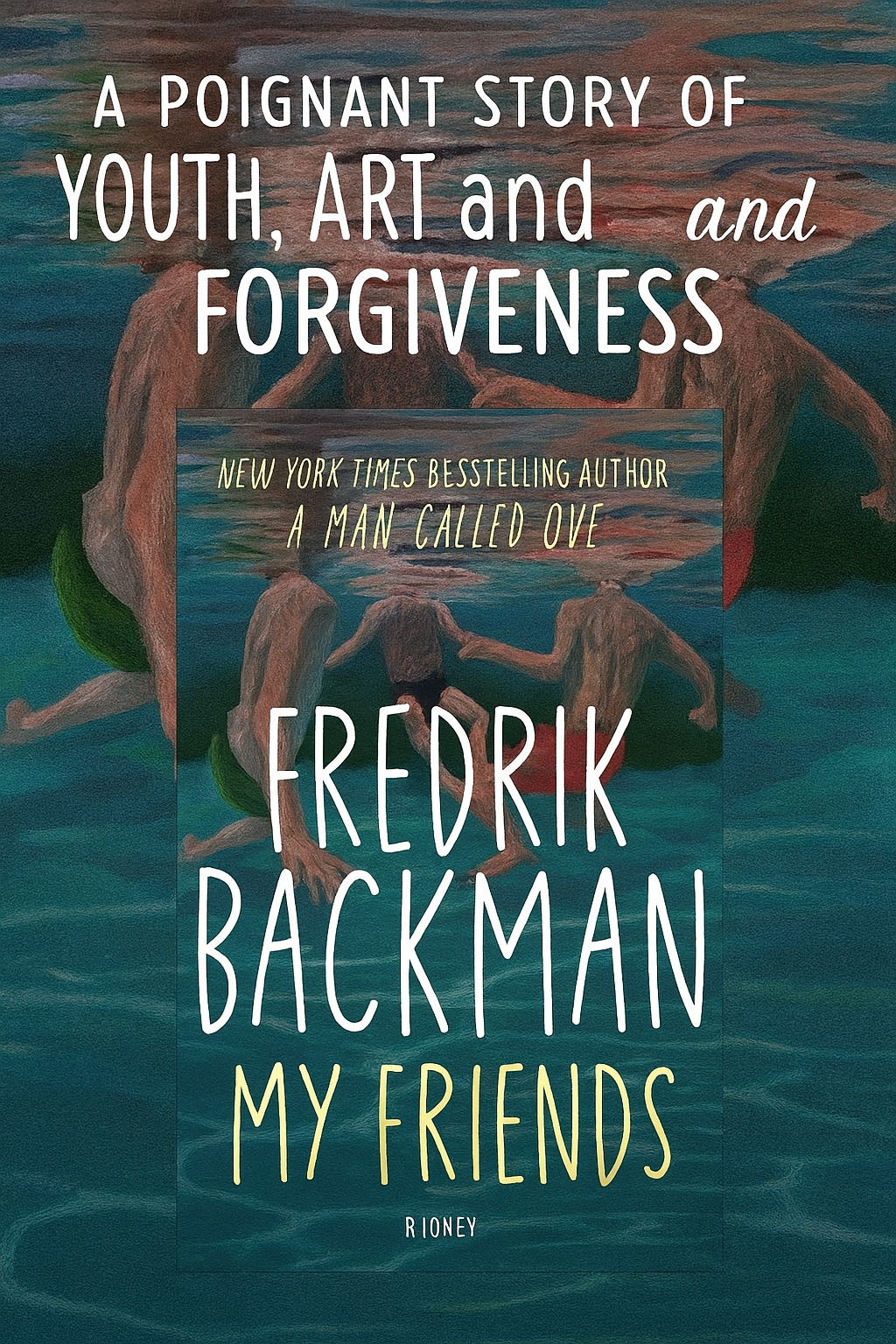Fredrik Backman's My Friends begins with a painting—seemingly just a seascape to most, but to Louisa, a young artist, it’s a mystery worth unraveling. At the end of a long pier sit three tiny figures, almost hidden, yet filled with meaning. As Louisa sets out to uncover their story, she’s pulled into a decades-old summer shaped by four teenagers trying to make sense of their complicated lives.
Joar, always ready to fight; Ted, quiet and grieving; Ali, untethered by a transient home; and the artist, gifted and withdrawn—these young souls find laughter, stories, and unexpected hope in each other. That fleeting time becomes the heart of the novel, captured forever in the painting that eventually finds its way to Louisa.
While I felt somewhat let down by the ending and missed a fuller resolution for the characters, the novel's emotional weight lives in the lives of those young friends and the way their bond shaped them. My Friends doesn’t just celebrate youthful connection—it mourns how easily we forget the intensity of that age, even as it continues to shape who we are. Maybe Backman’s deeper message is this: when we remember the raw, honest version of ourselves from youth—the moments we felt deeply, cared fiercely, and tried our best—we’re more able to forgive who we are now. That memory becomes a bridge to self-compassion.


